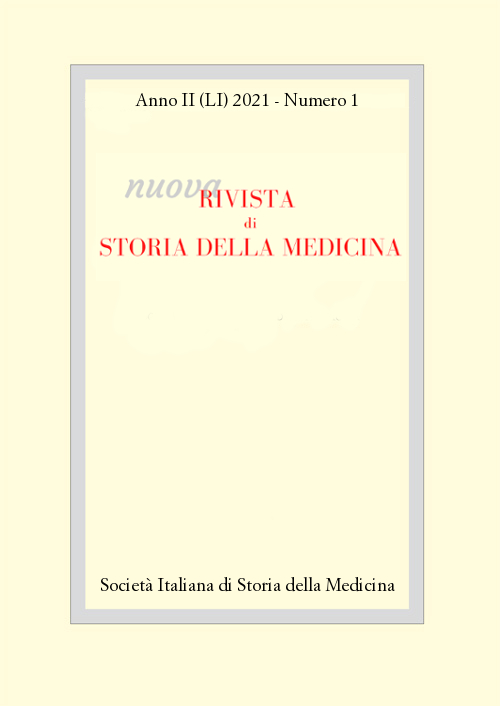I teatri anatomici dell’Università di Pisa
DOI:
https://doi.org/10.13135/2724-4954/5740Keywords:
THesa, anatomical theatre, anatomy, medicine, architecture, art, PisaAbstract
This article continues the publications of the section of the new journal of the Italian Society of the History of Medicine dedicated to THesa (THeatre Science Anatomy) project, which aims at cataloging, rediscovering and re-evaluating historical anatomical theaters, which arose between the Middle Ages and the first half of the twentieth century. In accordance with the spirit of the project, this article is dedicated to the anatomical theaters of the University of Pisa. The long tradition of Pisan anatomical studies began with the presence in Pisa, upon invitation of Cosimo I de’ Medici, of the famous anatomist Andrea Vesalio (1514-1564), considered the father of modern anatomy and author of De Humani corporis fabrica, a work that revolutionized the approach to the study of the human body. It is precisely with the presence of Vesalius that we have the first documentation of a university anatomical theater. With the development of surgery and the increased number of students, at the end of the eighteenth century the theater was moved to the hospital, undergoing many changes and restorations over time. Later inadequate, a new one was set up in the Medical School, built in 1874. Unfortunately, no Pisan anatomical theater has survived to this day.




